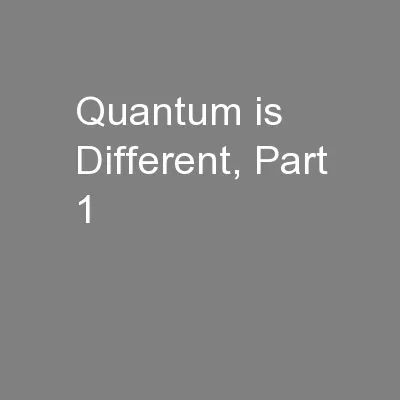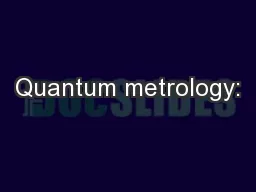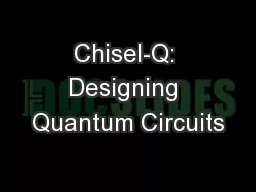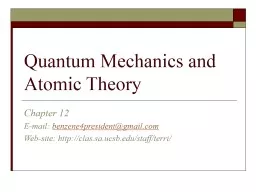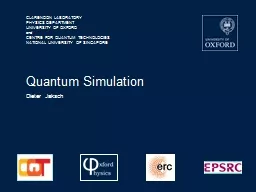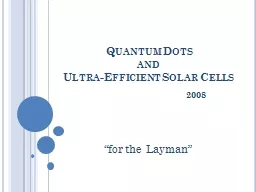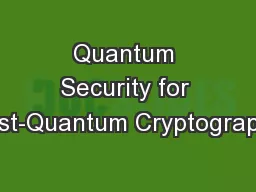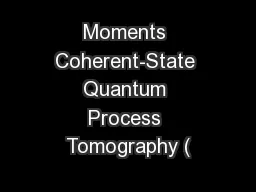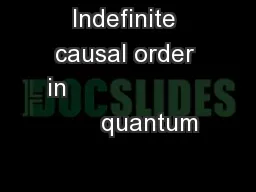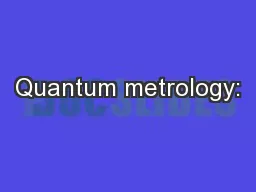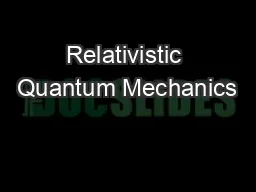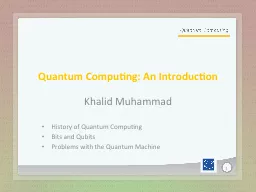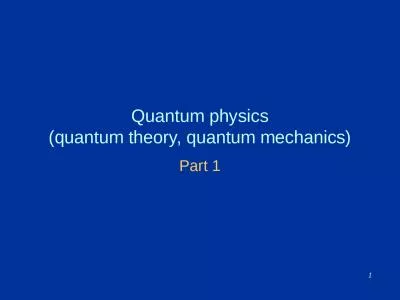PPT-Quantum is Different, Part 1
Author : danika-pritchard | Published Date : 2016-10-16
Richard Feynman Caltech Course 198384 Potentialities and Limitations of Computing Machines N ature isnt classical dammit and if you want to make a simulation
Presentation Embed Code
Download Presentation
Download Presentation The PPT/PDF document "Quantum is Different, Part 1" is the property of its rightful owner. Permission is granted to download and print the materials on this website for personal, non-commercial use only, and to display it on your personal computer provided you do not modify the materials and that you retain all copyright notices contained in the materials. By downloading content from our website, you accept the terms of this agreement.
Quantum is Different, Part 1: Transcript
Download Rules Of Document
"Quantum is Different, Part 1"The content belongs to its owner. You may download and print it for personal use, without modification, and keep all copyright notices. By downloading, you agree to these terms.
Related Documents

